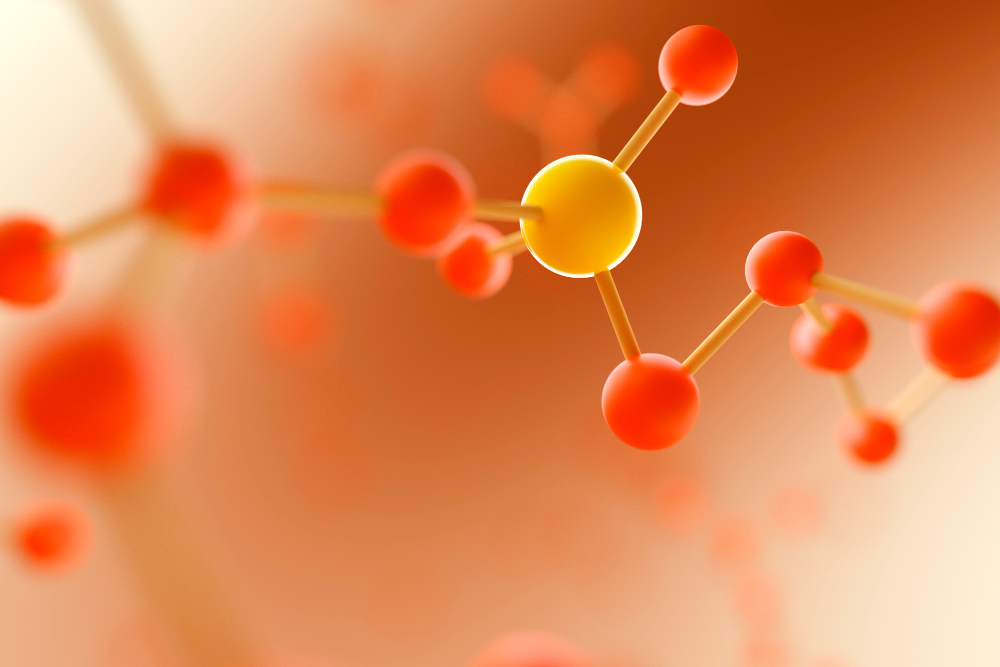
[/image][=video]
[/video]
There are several kinds of stem cells. In basic, the term stem cell describes a classification of cells that trigger other cells (like skin, blood, heart, and muscular tissue cells) by duplicating and differentiating in feedback to chemical signs. Totipotent stem cells appear at the earliest phase of growth and are the only stem cells which can produce beginning stem cells and the placenta.
Bone marrow transplant (BMT) is a special therapy for individuals with specific cancers or other illness. A bone marrow transplant includes taking cells that are normally located in the bone marrow (stem cells), filtering those cells, and providing back either to the donor (client) or to one more person. The objective of BMT is to transfuse healthy bone marrow cells right into a person after his/her own unhealthy bone marrow has actually been dealt with to kill the abnormal cells.
The blood cells that make various other blood cells are called stem cells. The most primitive of the stem cells is called the pluripotent stem cell.
It is the stem cells that are needed in bone marrow transplant. The goal of a bone marrow transplant is to cure numerous diseases and kinds of cancer. When the dosages of radiation treatment or radiation required to heal a cancer cells are so high that a person's bone marrow stem cells will certainly be completely harmed or ruined by the treatment, a bone marrow transplant might be required.
Medical Group
This procedure is frequently called rescue. Change bone marrow with genetically healthy and balanced functioning bone marrow to avoid even more damages from a hereditary disease process (such as Hurler's syndrome and adrenoleukodystrophy). The risks and advantages should be evaluated in an extensive discussion with your health care provider and specialists in bone marrow transplants prior to the procedure.
There are different sorts of bone marrow transplants depending upon who the donor is. The various types of BMT include the following: The donor is the client himself or herself. Stem cells are taken from the patient either by bone marrow harvest or apheresis (a procedure of accumulating peripheral blood stem cells), icy, and afterwards returned to the client after extensive therapy.
The donor shares the exact same genetic kind as the individual. Stem cells are taken either by bone marrow harvest or apheresis from a genetically matched benefactor, typically a brother or sibling. Various other benefactors for allogeneic bone marrow transplants might include the following: A haploid-identical match is when the contributor is a moms and dad and the genetic match goes to least half the same to the recipient.

Matching entails keying human leukocyte antigen (HLA) tissue. The antigens externally of these unique leukocyte identify the genetic makeup of an individual's immune system. There go to the very least 100 HLA antigens; nevertheless, it is thought that there are a couple of major antigens that identify whether a contributor and recipient suit.
Medical study is still investigating the role all antigens play in the procedure of a bone marrow transplant. The more antigens that match, the better the engraftment of contributed marrow. Engraftment of the stem cells occurs when the given away cells make their means to the marrow and begin making new members cells.
Hormone Therapy in Auburn Hills, Michigan
All people work with each other to offer the most effective opportunity for an effective transplant. The group contains the following: Health care service providers that specialize in oncology, hematology, immunology, and bone marrow hair transplant. A nurse who arranges all aspects of treatment given prior to and after the transplant. The nurse coordinator will provide person education and learning, and works with the analysis screening and follow-up treatment.
Professionals who will certainly aid you meet your dietary demands prior to and after the transplant. Numerous various other team participants will certainly evaluate you before transplant and will offer follow-up treatment as required.

A full clinical history and physical examination are executed, including multiple examinations to evaluate the individual's blood and body organ features (for instance, heart, kidney, liver, and lungs). A client will certainly typically enter into the transplant center approximately 10 days prior to transplant for hydration, analysis, positioning of the main venous line, and various other preparations.
Blood products and medicines will be provided with the catheter during therapy. For an allogeneic transplant, an ideal (cells entered and matched) donor has to be offered. Locating a matching benefactor can be a difficult and extensive process, especially if a brother or sister suit is not readily available. Voluntary marrow donors are signed up in numerous nationwide and worldwide windows registries.
Benefactor sources available consist of: self, sibling, parent or relative, nonrelated individual, or umbilical cord from a related or nonrelated individual. There are national and global windows registries for nonrelated people and cord blood. Some relative might be entered because of the wish to assist. These loved ones might or might not choose to have their kind signed up for use with various other recipients.
Menopause Treatment
Tests associated with his/her wellness, direct exposure to infections, and genetic analysis will certainly be done to establish the level of the suit. The contributor will be provided instructions on exactly how a bone marrow donation will certainly be made. When a suit for an individual requiring a bone marrow transplant is found, then stem cells will certainly be gathered either by a bone marrow harvest.
Or by an outer blood stem cell collection. This is where stem cells are gathered from the flowing cells in the blood. Of the 2, outer blood stem cell donations are currently extra usual. Cable blood has actually already been gathered at the time of a birth and stored for later usage.
Navigation
Latest Posts
Hormone Therapy around Auburn Hills
Regenerative Therapy local to Auburn Hills, Michigan
Regenerative Therapy